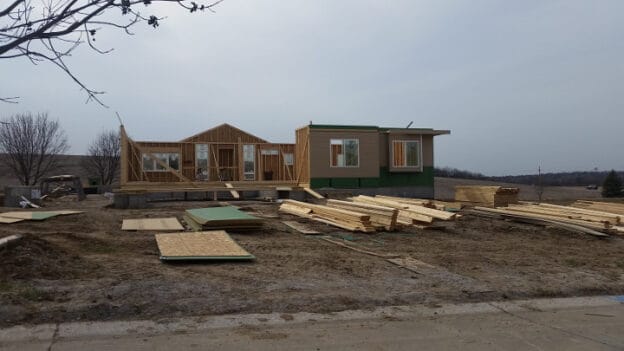Strategies for the Promotion of Affordable Rural Housing
In this entry, we summarize some of the strategic elements necessary to develop affordable rural housing that is sustainable and affordable. It is worth remembering that this is Goal 11 of the United Nations Sustainable Development Goals for 2030. Some projects and applied policies are mentioned.

Study of Strategies for the Promotion of Affordable Rural Housing:
A parallel is made between the strategies in developed and emerging countries since each of these influences the way of explaining the topic.
Affordable rural housing is currently being neglected not only by its owners, who usually abandon them to move to large cities, according to the annual report of the United Nations published in 2017: “As more and more people move to urban areas, cities typically expand their geographic boundaries to accommodate new inhabitants.
From 2000 to 2015, in all regions of the world, the expansion of urban land outpaced the growth of urban populations.
As a result, cities are becoming less dense as they grow, with unplanned urban sprawl challenging more sustainable patterns of urban development” (UN 2017).
United networks and nongovernmental organizations have focused their efforts on developing countries; however, the abandonment of rural areas and their housing is a global problem.
Some countries have developed policies to encourage the abandonment of the countryside, but despite this, the exodus to the big cities continues.
In this chapter, some aspects of the current world economy that intervene in the development of affordable rural housing are related; however, it is important to highlight that each country has its elements that affect how rural areas are developed, in this development aspects, economic, political, cultural, etc.
Sustainable and affordable rural housing is considered an important index in rural development.
Designing and incorporating sustainable housing indexes is especially important in rural planning as an essential instrument to express the physical, socio-economic, and environmental aspects of sustainable housing.
Sustainable development must take into account the promotion of the level of economic, social, environmental, technical, and physical standards of rural houses.
The concept of sustainability is so important now that any new discussion about development is incomplete if this aspect is not taken into account.
Sustainable Rural Policies The policies affect the rural territory depending on the level of social and economic development; then some aspects are summarized taking into account the region and the relevance of the developed topics.
To ensure agricultural land in rural territories is managed sustainability, environmental assessment is needed to support decision-making by both policymakers and local stakeholders.
Decisions concerning the management of rural territories should be based on sustainable concepts (Gibson 2006).
It was found that each country depending on their problems created strategies, from the normative and the political. Among the most detailed are as follows:
The Chinese government has always focused on solving problems related to agriculture, rural areas, and the peasants.
Since the first 5-year period, laws and regulations have been enacted to improve the environment of farmers’ lives. In recent years, there are still some problems.
There is a gap between imbalance and proper development and the growing needs of people for a better life.
In February 2018, the 3-year action plan was launched to promote the improvement of the rural environment. How to build green rural housing is one of the key points of the plan (Ling and Dong 2018).
The sustainable use of land and water is crucial for affordable rural housing. A solution to sustainable water management was implemented by the Abellon Clean Energy Company in India which has established a 3 MW solar plant to practice agriculture under solar panels to address the food and energy security of a rural community.
The water used to wash the solar panels to maintain efficiency by removing dust irrigates the agriculture that is produced under the panels.
This provides 24–34 tons/hectare/year of agriculture produced by reusing 78,000 rupees of water per year and capturing 250 tons of CO2 in vegetables as food.
The 3 MW solar project is registered under the Clean Development Mechanism (CDM) under the United Nations Framework Convention on Climate Change (UNFCCC) which reduces 0.1 million tons of CO2 emissions over 25 years compared to fossil fuels.
Solar farms around the world have the potential to sequester 143,000 MTCO2 through vegetation, producing 100,000 MT of agricultural products that are produced annually.
The efficient use of natural resources requires the facilitation of local policies.
For more reading: Rural Housing: Challenges, Opportunities and Solutions
